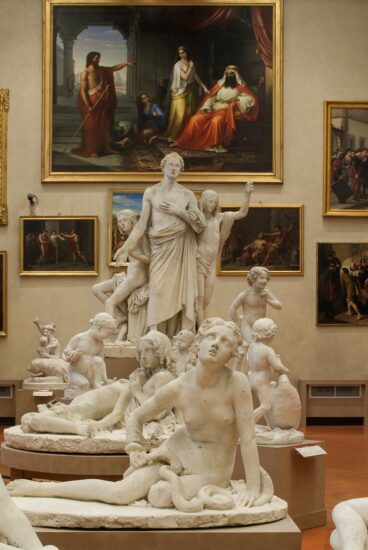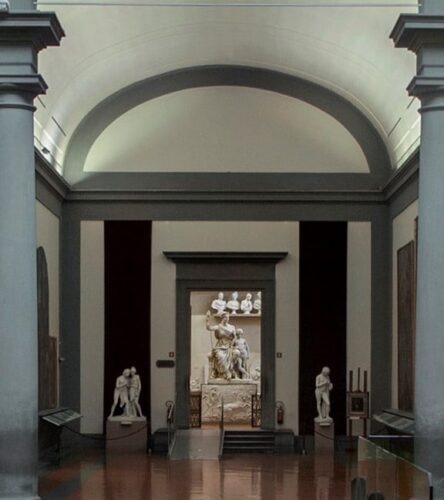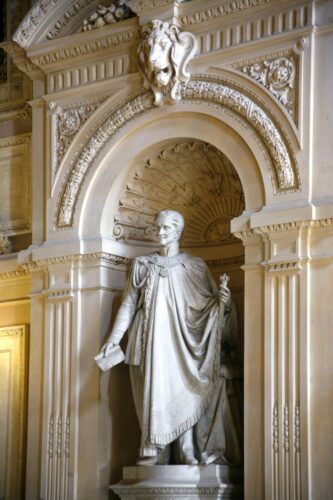Galleria dell’Accademia
On the parallel road of Via Cavour to the west, in Via Ricasoli 58-60 (right before reaching Piazza San Marco) lies one of the most visited museums in the world with millions of visitors every year, the Galleria dell’Accademia. The Academia Gallery holds in its possession one of the most if not the most, recognizable statues of all time, Michelangelo’s David.
The birth of the Gallery dates back to 1784 when the Grand Duke of Tuscany Pietro Leopoldo reorganized the Academy of Drawing Arts, founded in 1563 by Cosimo I de Medici, into a modern Academy of Fine Arts.
The new institution occupied the premises of the 14th-century Hospital Of San Matteo and those of the Convent of San Niccolo di Cafaggio. The museum was enhanced with the suppression of the churches and convents ordered by Pietro Leopoldo in 1786 and by Napoleon Bonaparte later in 1810.
The decisive event for the museum’s history was of course the transfer of Michelangelo’s David from Piazza della Signoria in August of 1873. The world’s most celebrated sculpture waited nine years in a wooden case until the design of the architect Emilio De Fabris was implemented and was ready to house its new star exhibit.
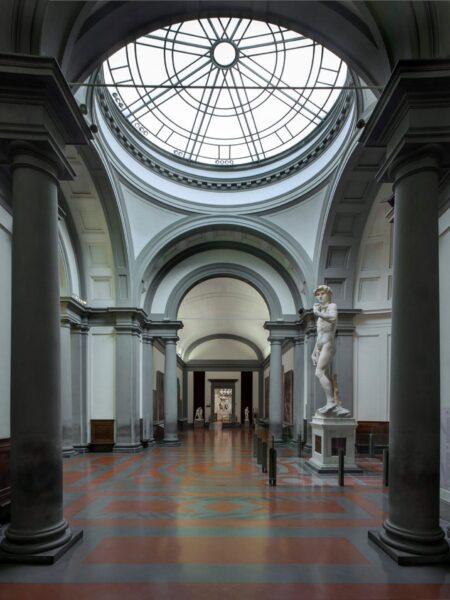
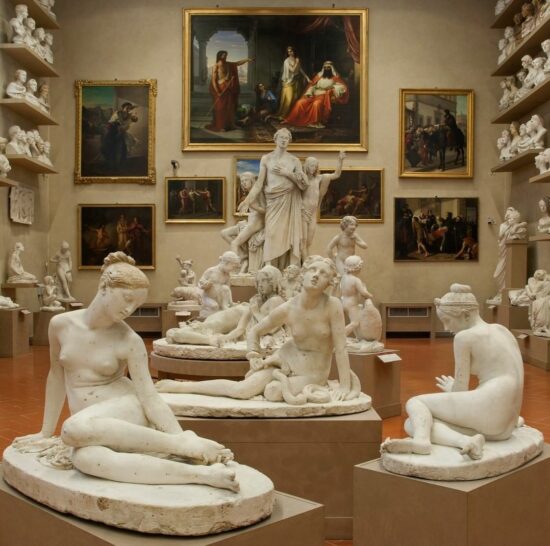
Michelangelo’s masterpiece which proved to be a symbol of one of the brightest periods in human history was carved by the great artist when he was just 26 years old, out of a single block of marble, provided from a quarry in Carrara in just 2 years, at the behest of the Office that oversaw the works in Santa Maria del Fiore.
The 5m and 17cm tall (about 17ft) statue stunned everyone with its precision, grace, and adolescent beauty but it puzzled the Florentines about its placement since it was obvious that a statue of that size, most importantly weight (more than 6 tonnes) could not be placed on the roof of the cathedral as it was initially intended.
A committee comprised of Leonardo da Vinci and Sandro Botticelli among others decided in June 1504, that David should be installed next to the entrance of Palazzo Vecchio. It would remain there until its relocation into Academia.
The star of the museum is exposed under a dome-like skylight at the end of a corridor hall. The Hall of the Prisoners is lined with a series of Michelangelo’s statues commissioned by Pope Julius II for his burial site used by Grand Duke Cosimo I de ‘Medici, in Boboli Gardens instead, before it was finally housed in the museum in 1909.
The hall holds two more of Michelangelo’s creations, Palestrina Pieta and San Matteo. On the walls a series of paintings by Michelangelo and other artists that crossed paths with him, like Francesco Granacci and Daniele da Volterra.
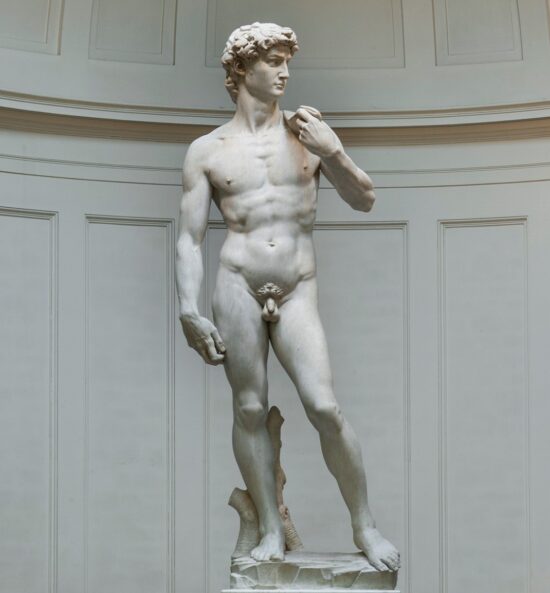

Equally impressive, is the Hall of the Colossus with the stunning marble sculpture of Giambologna’s “Rape of the Sabine Women” as its focal point. Giambologna created the tightly-knit group of three figures out of a large block of marble to express virtuosity.
The walls are covered with 15th and 16th-century masterpieces by Paolo Uccello, Perugino, Filippino Lippi, Domenico Ghirlandaio, and Botticelli. In Gipsoteca Bartolini visitors will find a selection of the finest 19th-century plaster casts. The casts were mainly created by Lorenzo Bartolini, one of the great sculptors of the Academy at the time. They also include the lost sculpture of the Arnina nymph, found recently in an English private collection.
The last section of the Gallery on the ground floor is dedicated to Florentine Gothic painting and is spread out over 3 rooms: one dedicated to the 13th and early 14th century, another to Giottesque painters, and the last to Orcagna and his brothers.
Gold-backed altarpieces represent an invaluable art collection coming from the most important Florentine churches and ancient, suppressed convents. The brilliant colors of recent restorations introduce the visitor to the most popular subjects requested by the Church and merchants during the 14th century.
